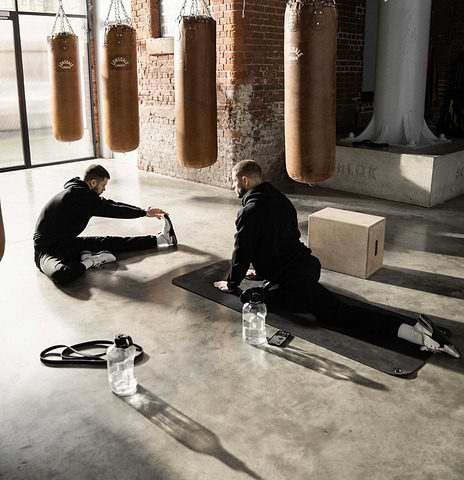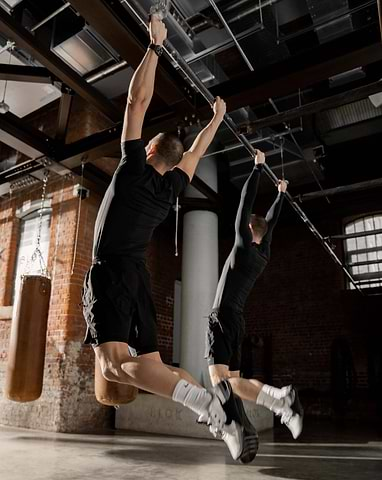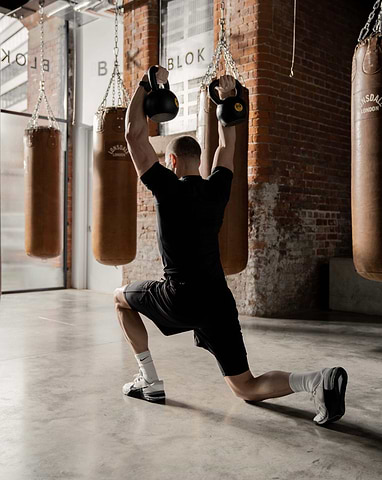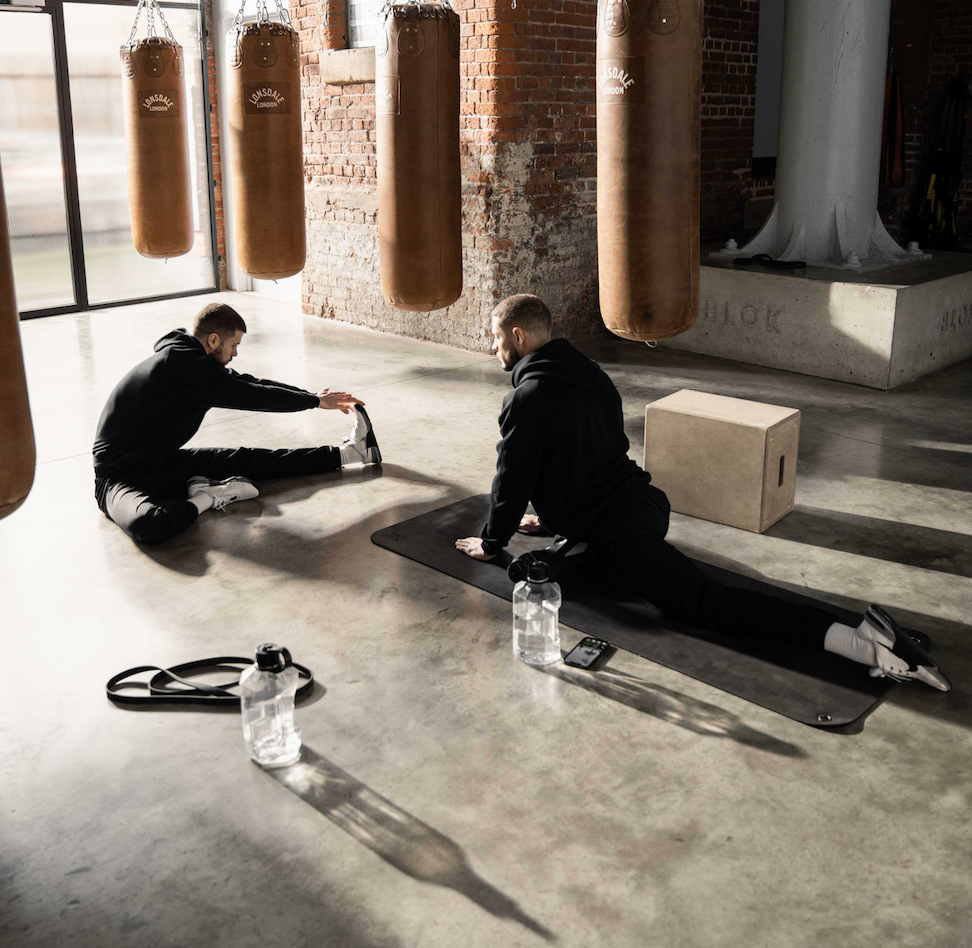So you're thinking of starting weight training at the gym as a beginner, but where do you start? This article will go over some of the best workout splits for beginners. It shall begin by explaining what workout splits are, following which it shall present the three best workout splits for beginners, going over what each entails as well as their benefits.
What are Workout Splits?
A workout split is a way of dividing your weekly training sessions up into separate body parts. Split training allows you to fit training each body part with the optimal amount of training volume per week, whilst also allowing your muscles to recover per session. The premise is that you have primary muscle group focus per session, and then the next workout you will have a different focus and so you give the previous session’s muscle groups time to recover before you train them again.
Workout Splits for Beginners
The best workout split for you depends on a number of factors such as your long term goals and the time you have available to train. This article will present the main workout splits that are universally implemented into training routines; it will explain how each split works as well as the benefits and negatives for each.
Push, Pull, Legs
Push, Pull, Legs is one of the most popular weightlifting training splits. It requires 3 days to circulate through each body part, and so it is ideal for those who train 3 or 6 days per week. For those who train 3 days per week, you will get through each body part once, and those who train 6 days per week will train each body part twice.
- Push Day: Training muscles which are active in ‘push’ movements such as Chest, Shoulders and Triceps.
- Pull Day: Training muscles which are most active in ‘pull’ movements such as Back, Biceps, Traps.
- Legs: Training all the muscles in the lower body such as Glutes, Hamstrings, Quads and Calves.

The Push, Pull, Legs training split is ideal for those who train 3 days per week as you can get through each body part once in that week, whilst also being able to complete each workout within an hour as you are not training too many body parts per session. Here is an example of how to structure your 3-day training week with Push, Pull, Legs:
- Monday: Push
- Tuesday: Rest
- Wednesday: Pull
- Thursday: Rest
- Friday: Legs
- Saturday: Rest
- Sunday: Rest
For those who train 6 days per week, the Push, Pull, Legs split is ideal as it allows you to train each body part with a higher frequency, twice per week, whilst also maintaining a couple of days recovery for each body part. Here is an example of how to structure your 6-day training week with Push, Pull, Legs:
- Monday: Push
- Tuesday: Pull
- Wednesday: Legs
- Thursday: Rest
- Friday: Push
- Saturday: Pull
- Sunday: Legs
Upper & Lower Split
The Upper/Lower body training split is exactly how it sounds; on your training days, you either train upper body (chest, back, shoulders and arms) or lower body (quads, glutes, hamstrings and calves). It requires just two training days per week to circulate through every body part, so it is ideal for those who have very little time in the week. An Upper/Lower training split can also be run for a 4-day training week or a 6-day training week, so it is the best split to follow if your workouts are inconsistent, for example if you are traveling.

One of the main benefits of an upper/lower body training split is that it accommodates high frequency training. Some review papers have proposed that increasing training frequency (how often you train a body part in a week) and lowering training volume (the amount of work done per session) may be beneficial for muscle hypertrophy (muscle growth) in beginners (Schoenfeld et al. 2015); so if you’re just starting your journey, this may be the best workout split for you. It is generally accepted that muscles take 48-72 hours to recover, so however you run this split, each muscle group will always get at least 48 hours rest between sessions.
Here is an example of an Upper Lower split ran 4 days per week:
- Monday: Upper
- Tuesday: Lower
- Wednesday: Rest
- Thursday Upper
- Friday: Lower
- Saturday: Rest
- Sunday: Rest
Here is an example of an Upper Lower split ran 6 days per week:
- Monday: Upper
- Tuesday: Lower
- Wednesday: Upper
- Thursday Lower
- Friday: Upper
- Saturday: Lower
- Sunday: Rest
Full Body Training
Full body training accommodates flexibility in your training week as you essentially train every body part in one session. On the flip side though, if you train more than four times per week or more, your muscles aren’t getting enough recovery between sessions, and so your progress may be limited by that factor. However, for those who train three days per week or less, this isn’t an issue.

The other benefit of training with a full body split is that due to you training every body part per session, it is likely you will be training each body part with lower volume per session, meaning that overall fatigue per muscle group per session will be lower, allowing you to recover faster. Having to do fewer exercises per body part in each session also makes full body training ideal for home workouts or training with limited equipment access, as you can train each body part with just one or two bodyweight exercises.
Closing Thoughts
Just remember that any workout is better than no workout, however if you want some routine in your week, then the workout splits presented in this article may be perfect for you. If you're looking for some workout gear to wear during your workouts, then be sure to check out our 247 Collection for the highest quality gym clothes.References
Schoenfeld, B. J., Ratamess, N. A., Peterson, M. D., Contreras, B., and Tiryaki-Sonmez, G. (2015). Influence of resistance training frequency on muscular adaptations in well-trained men. J. Strength Cond. Res. 29, 1821–1829. doi: 10.1519/JSC.0000000000000970



